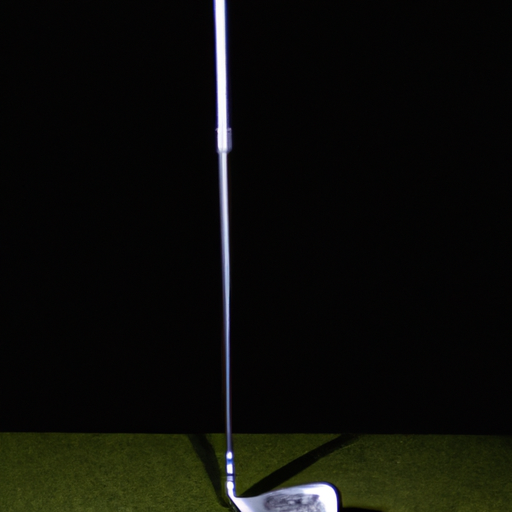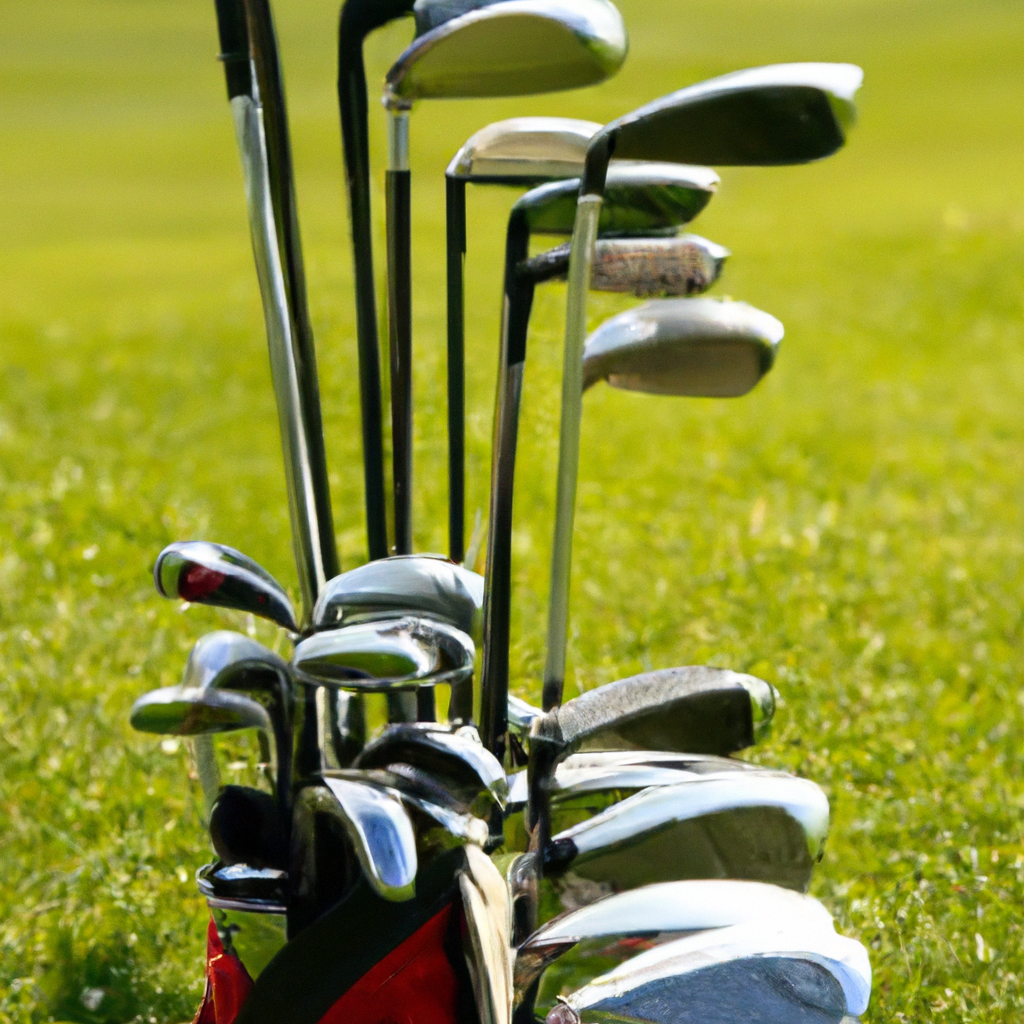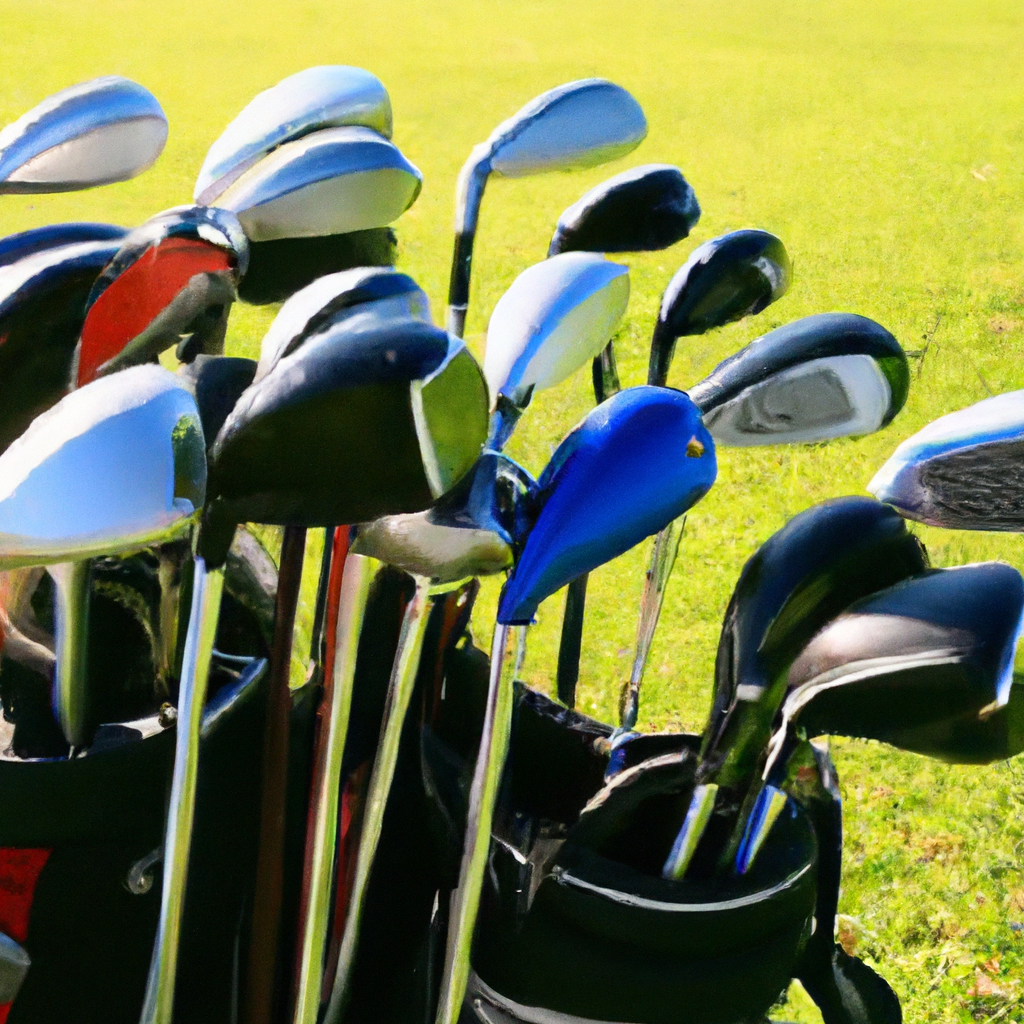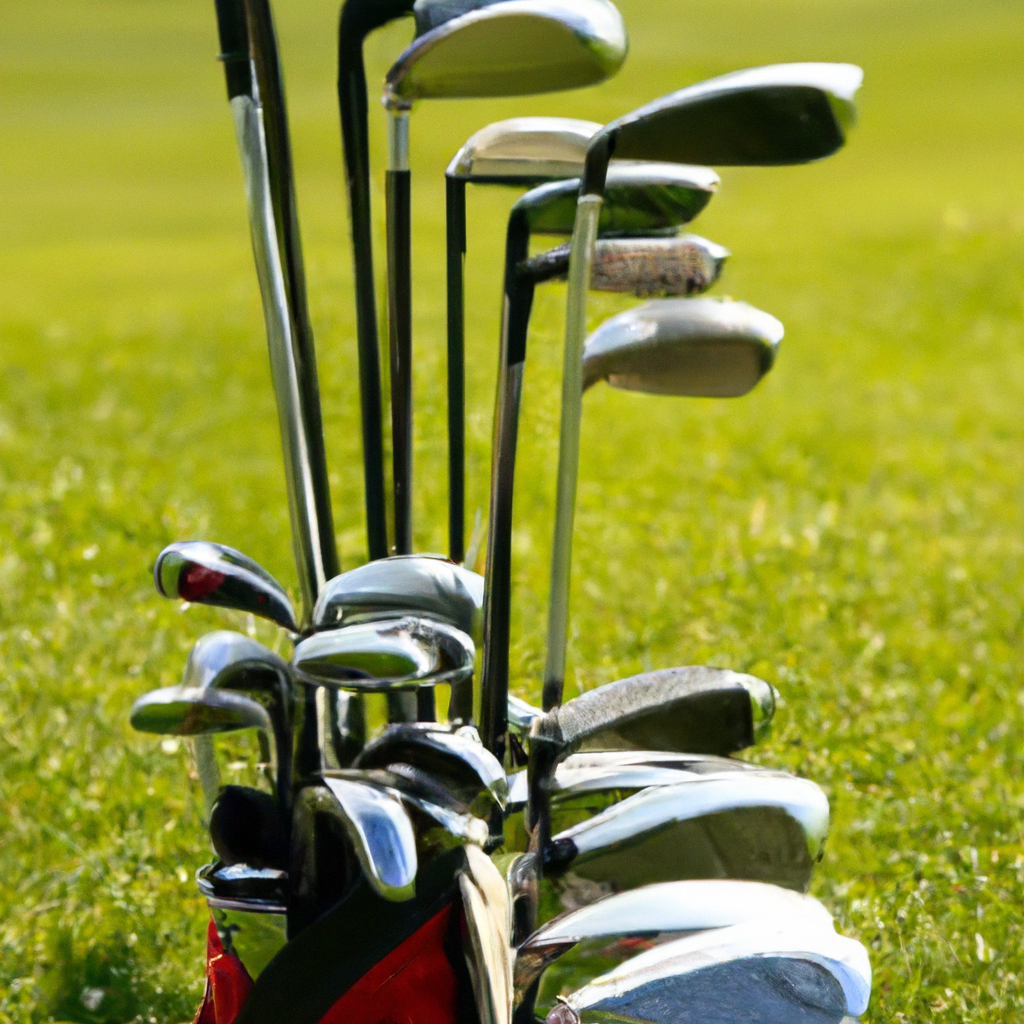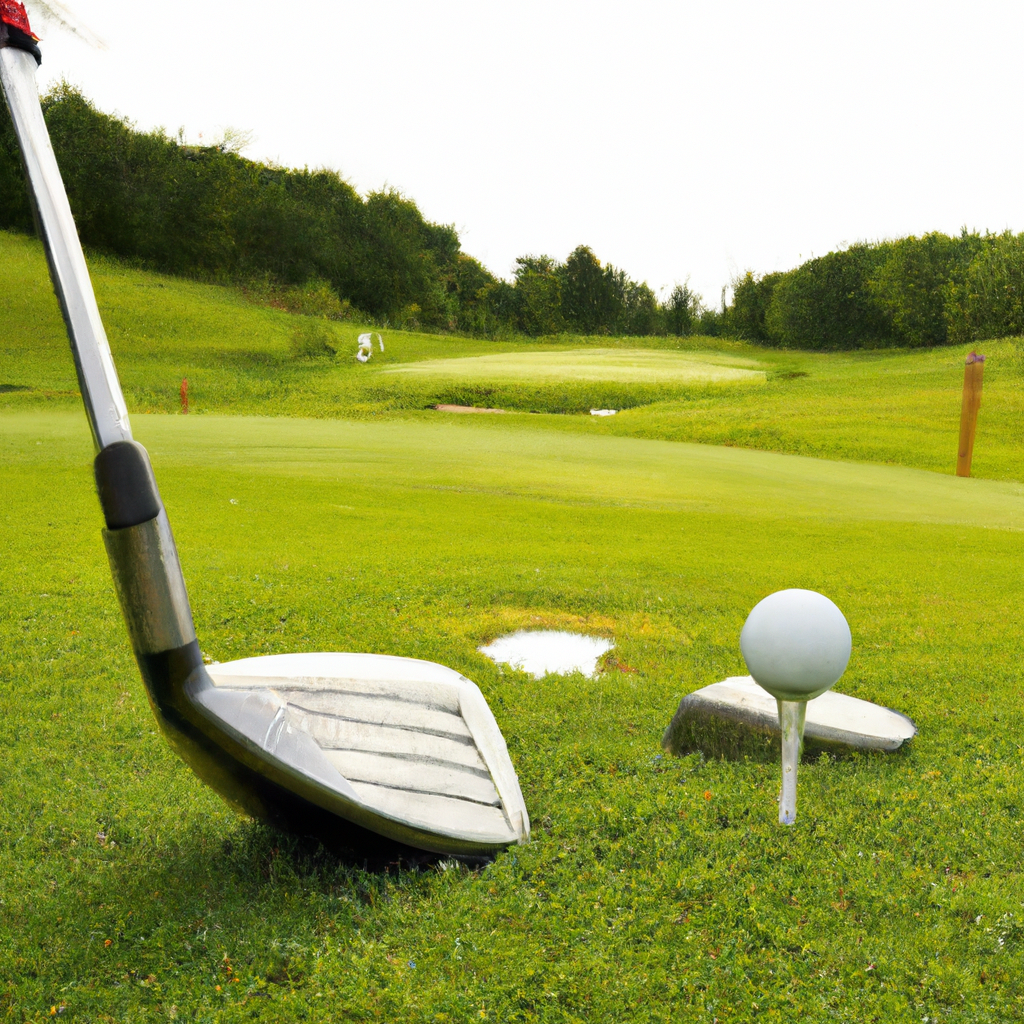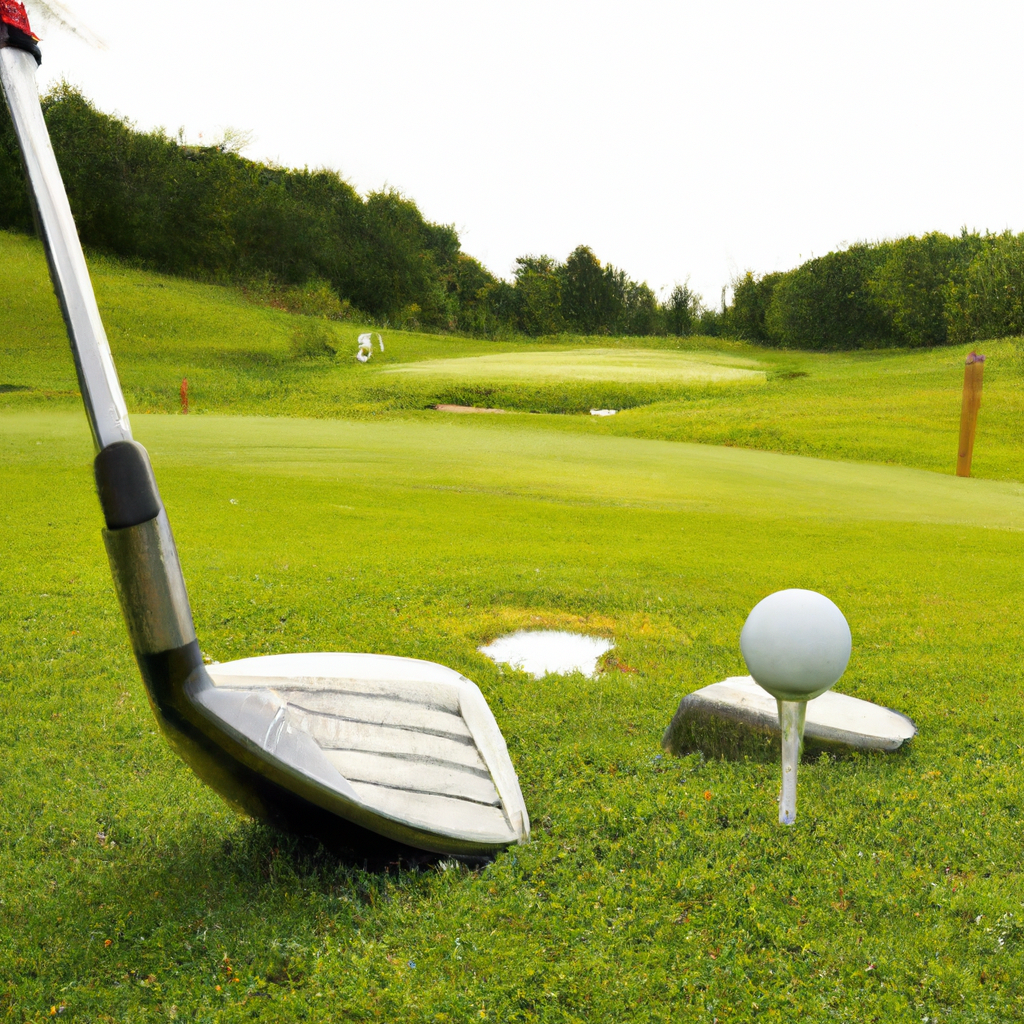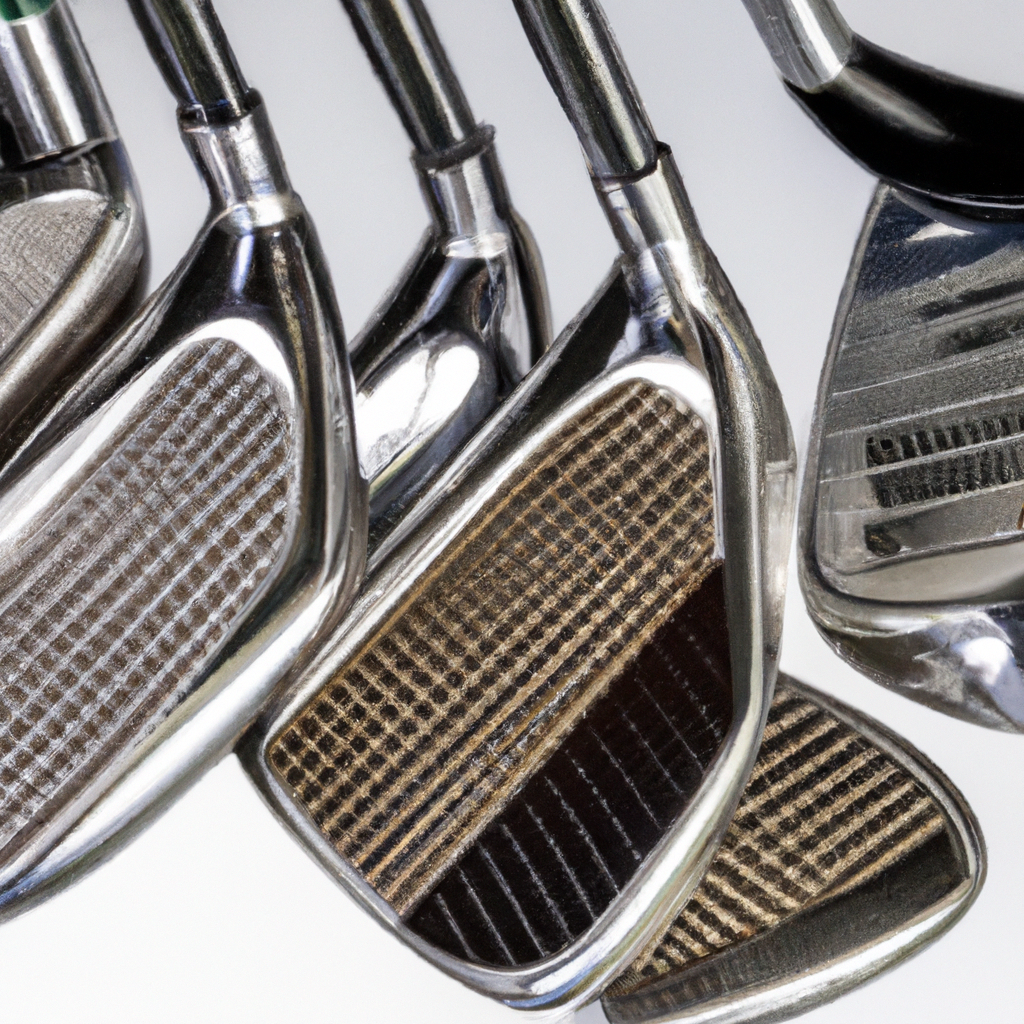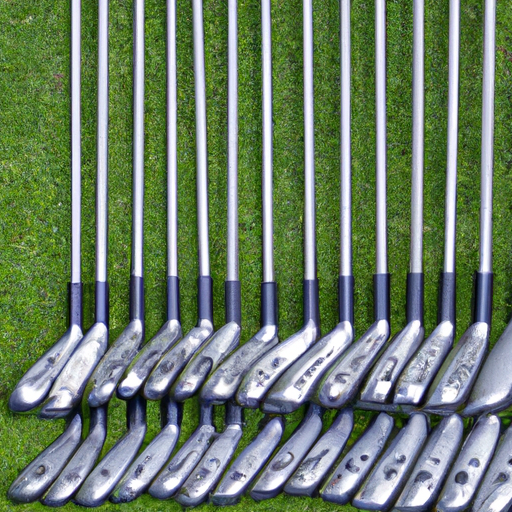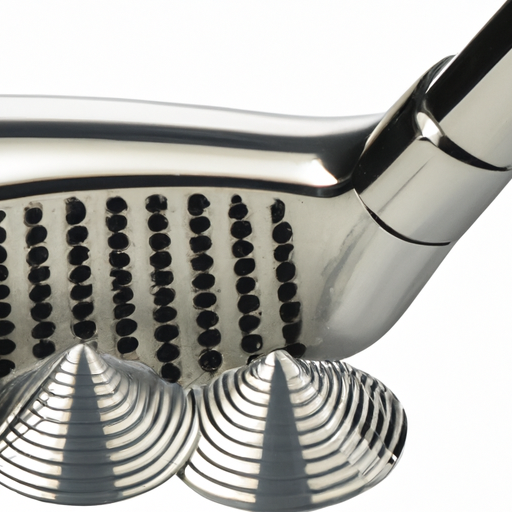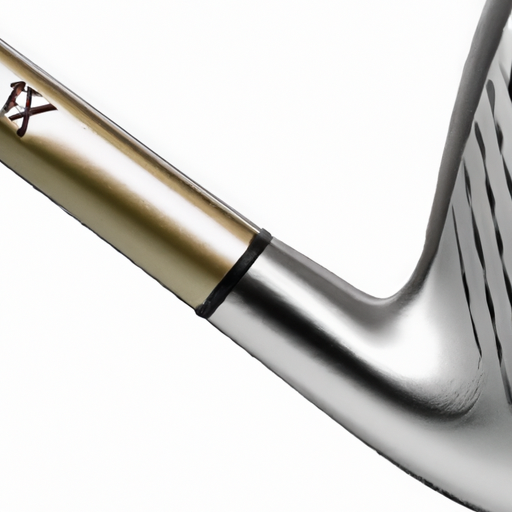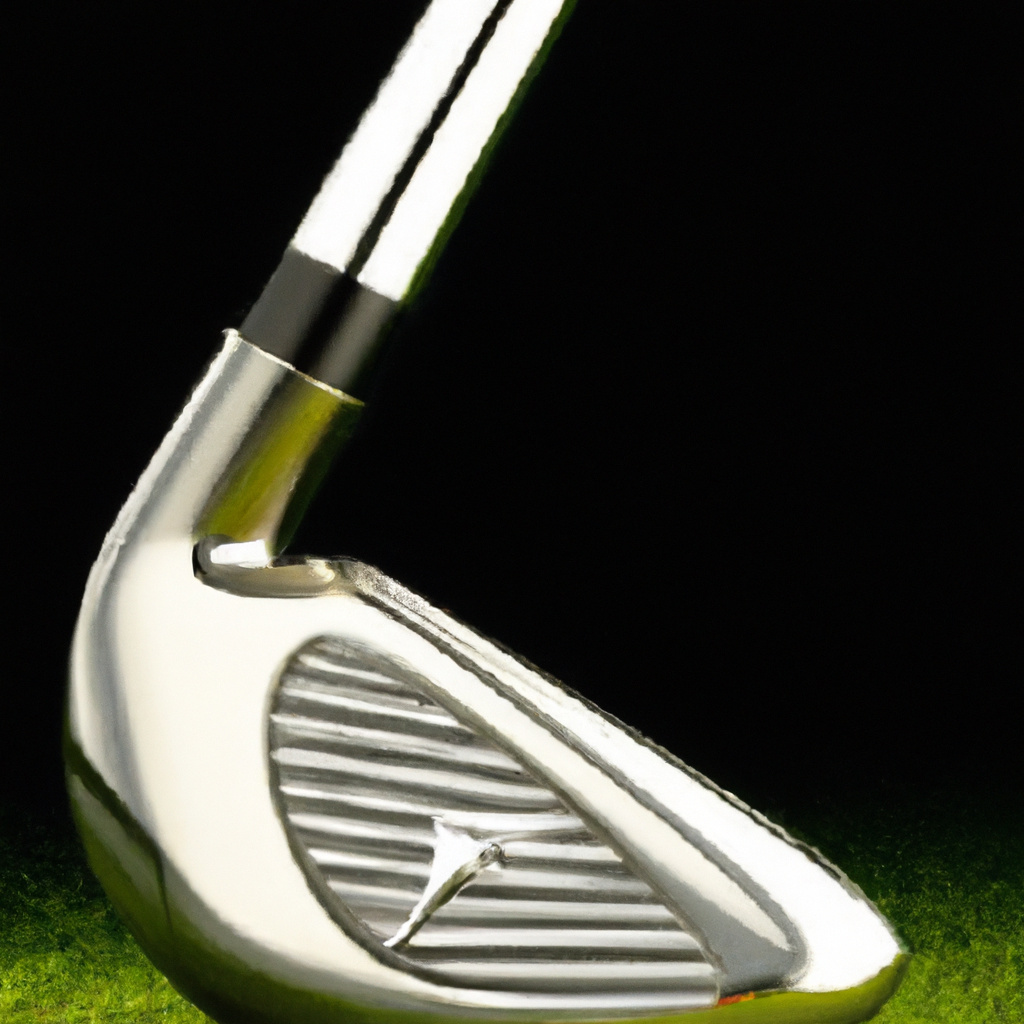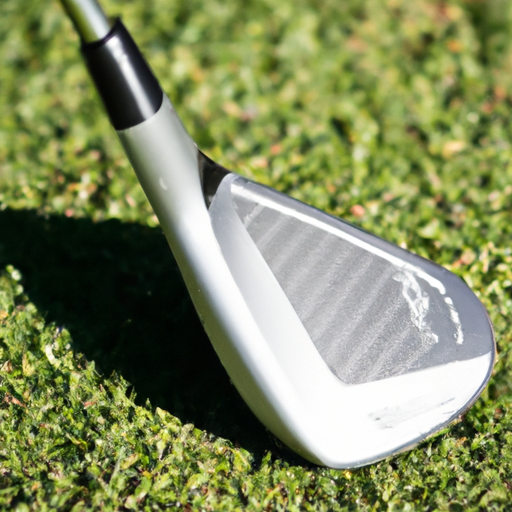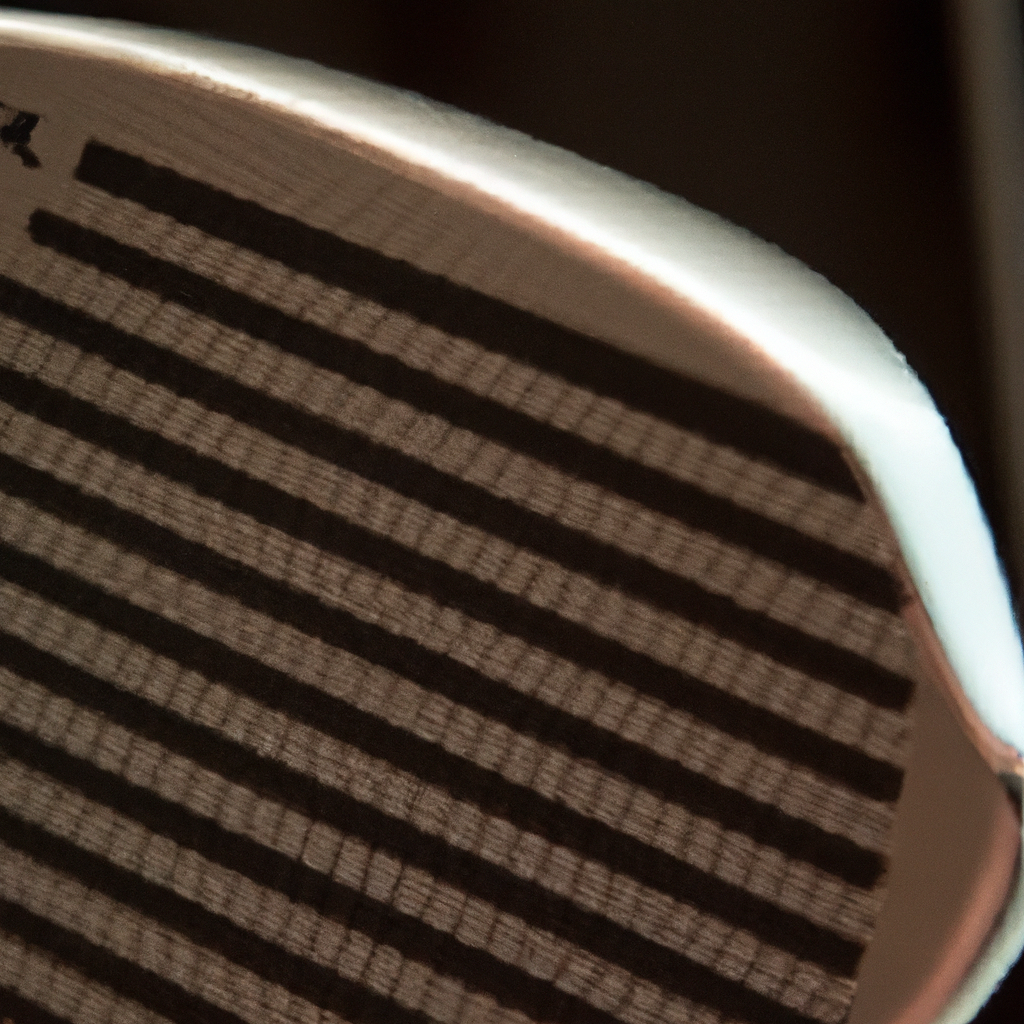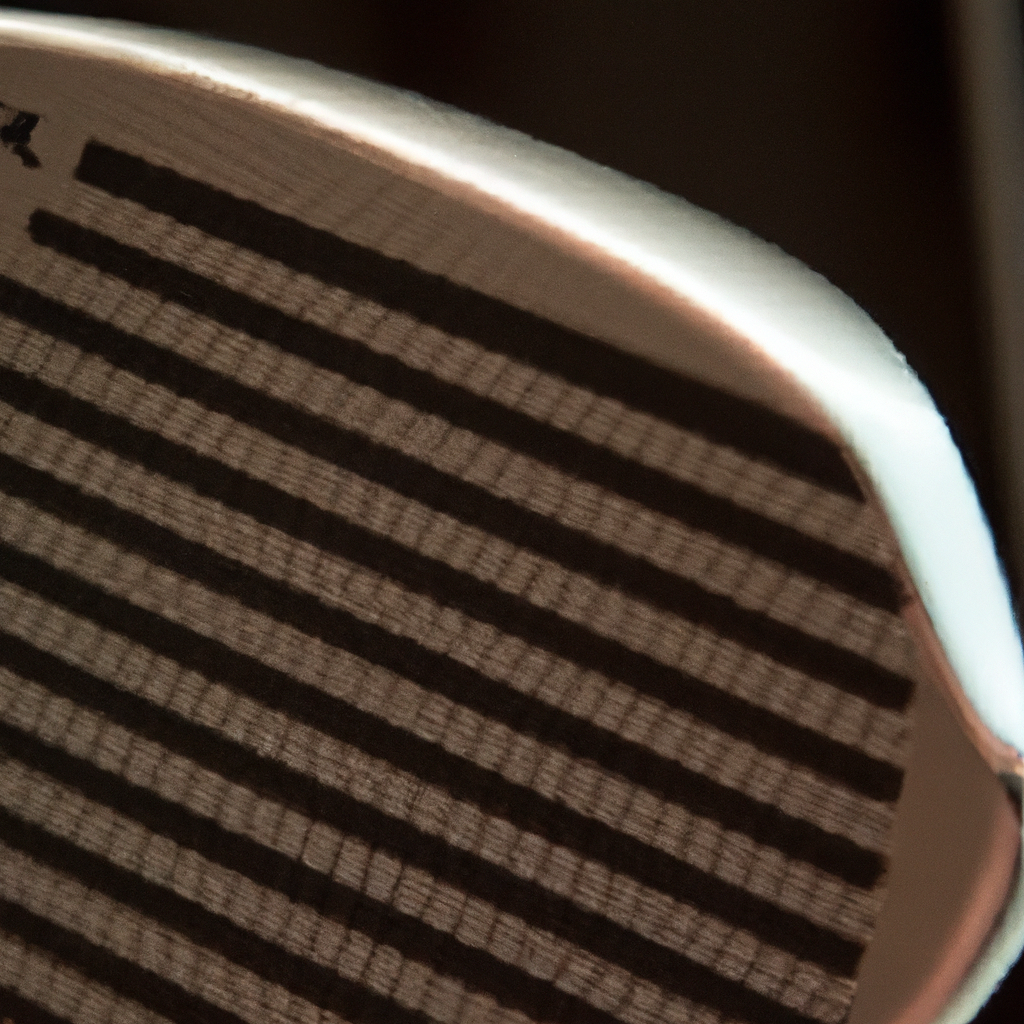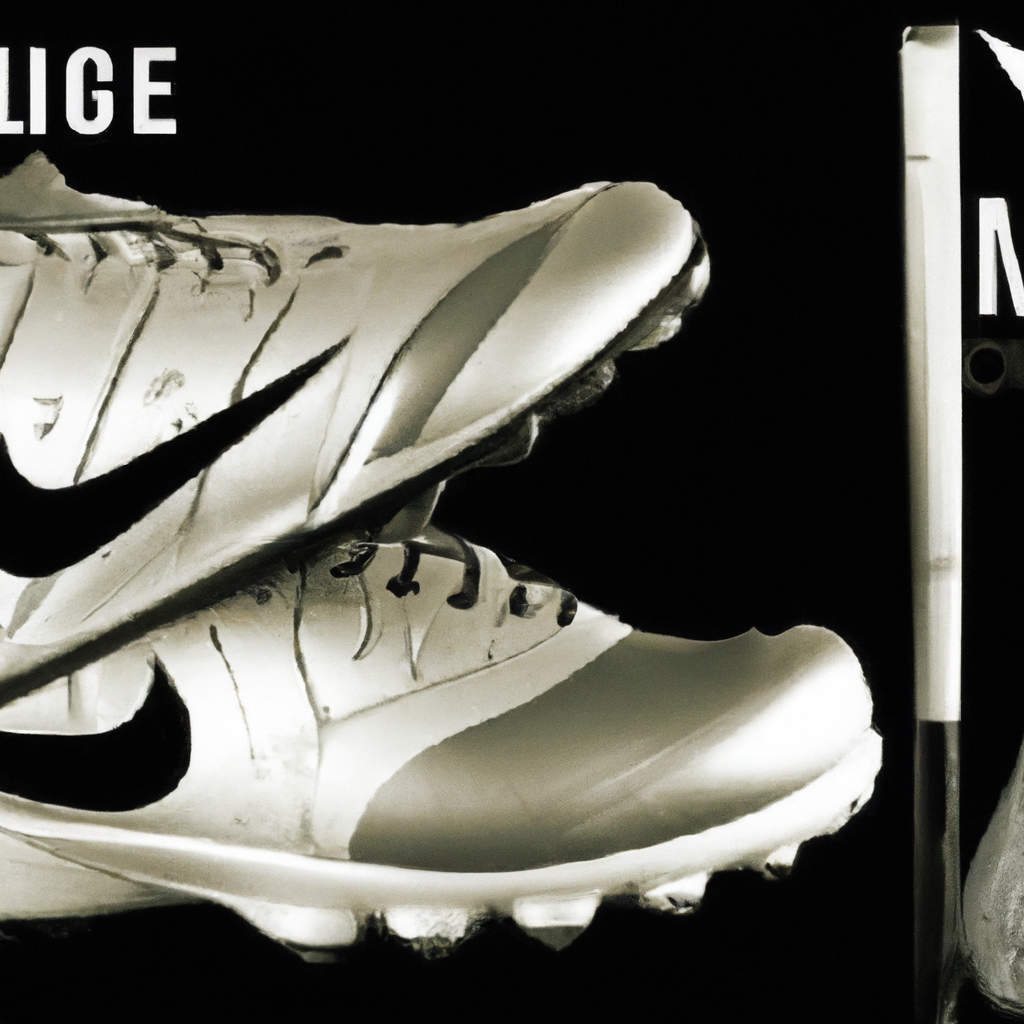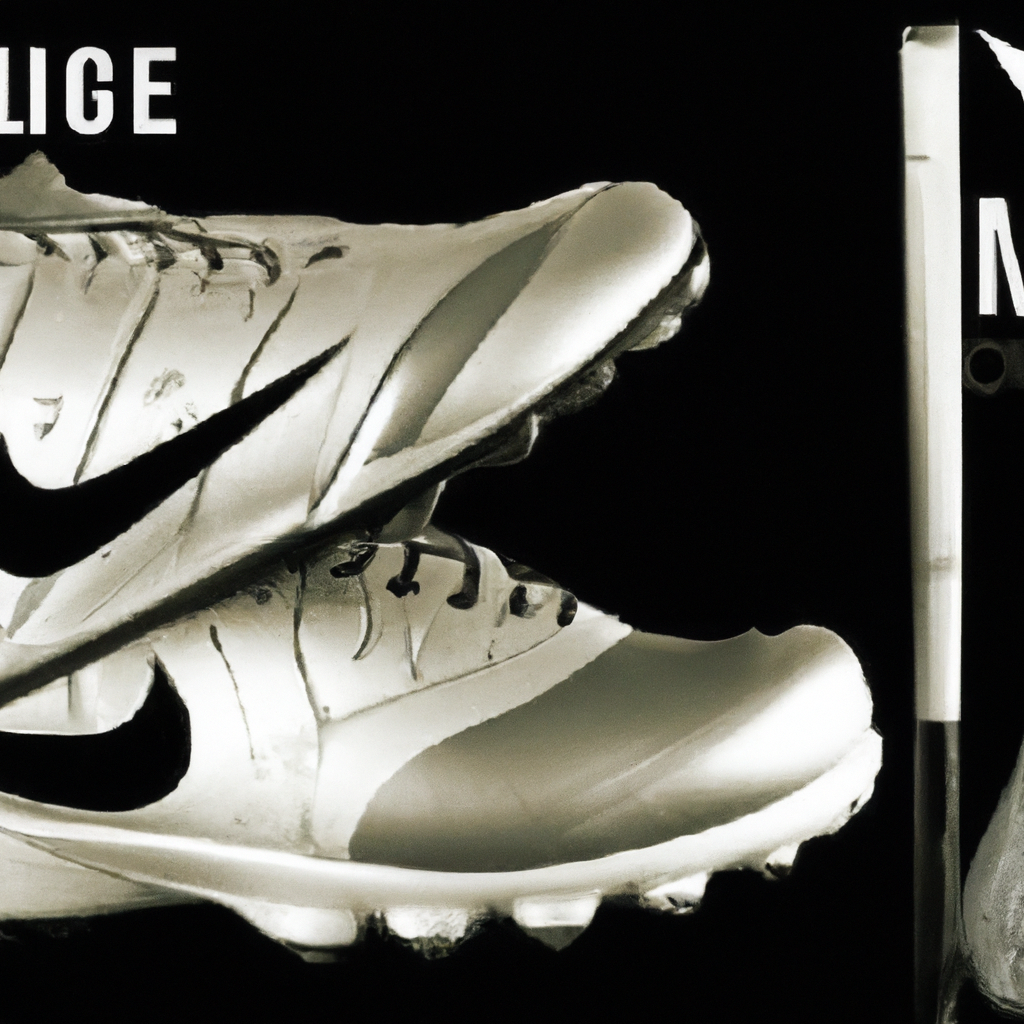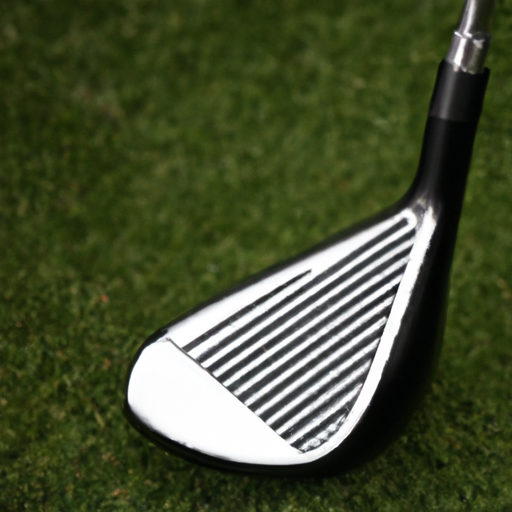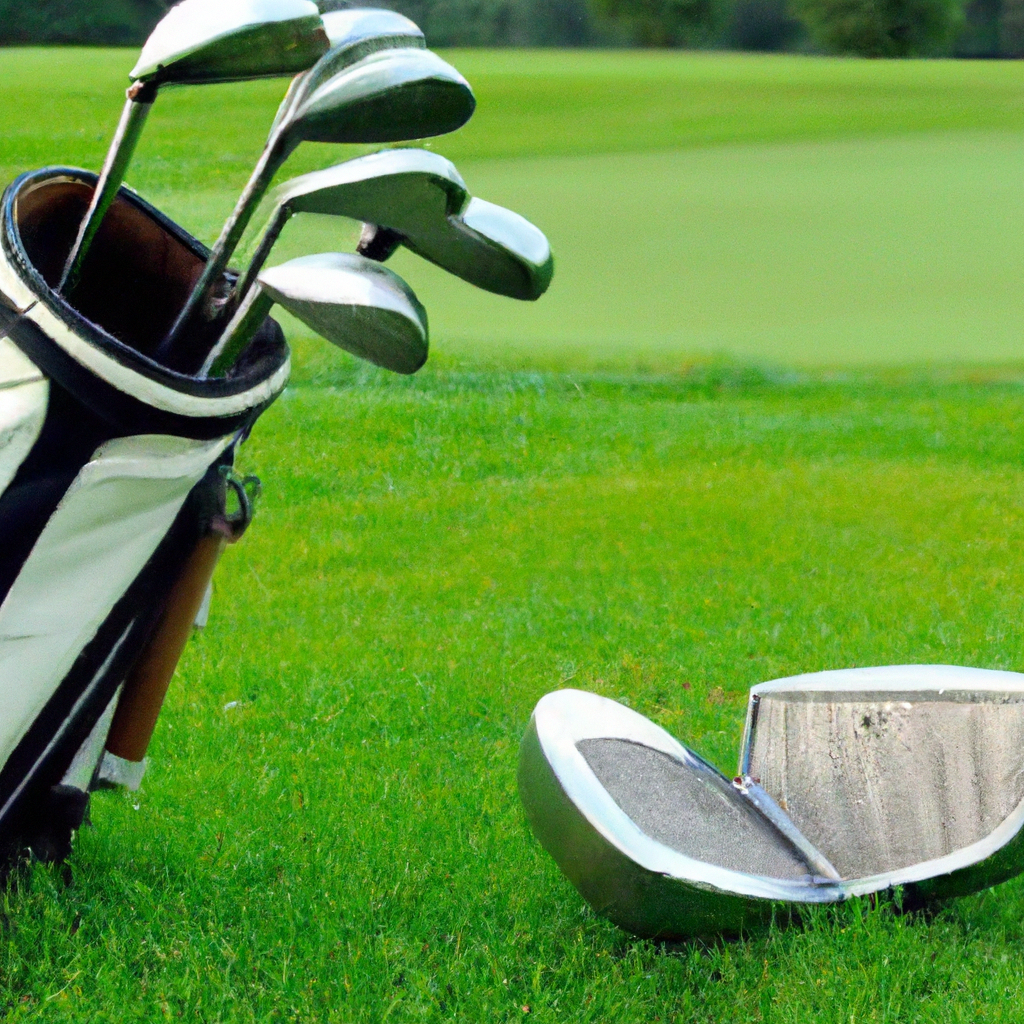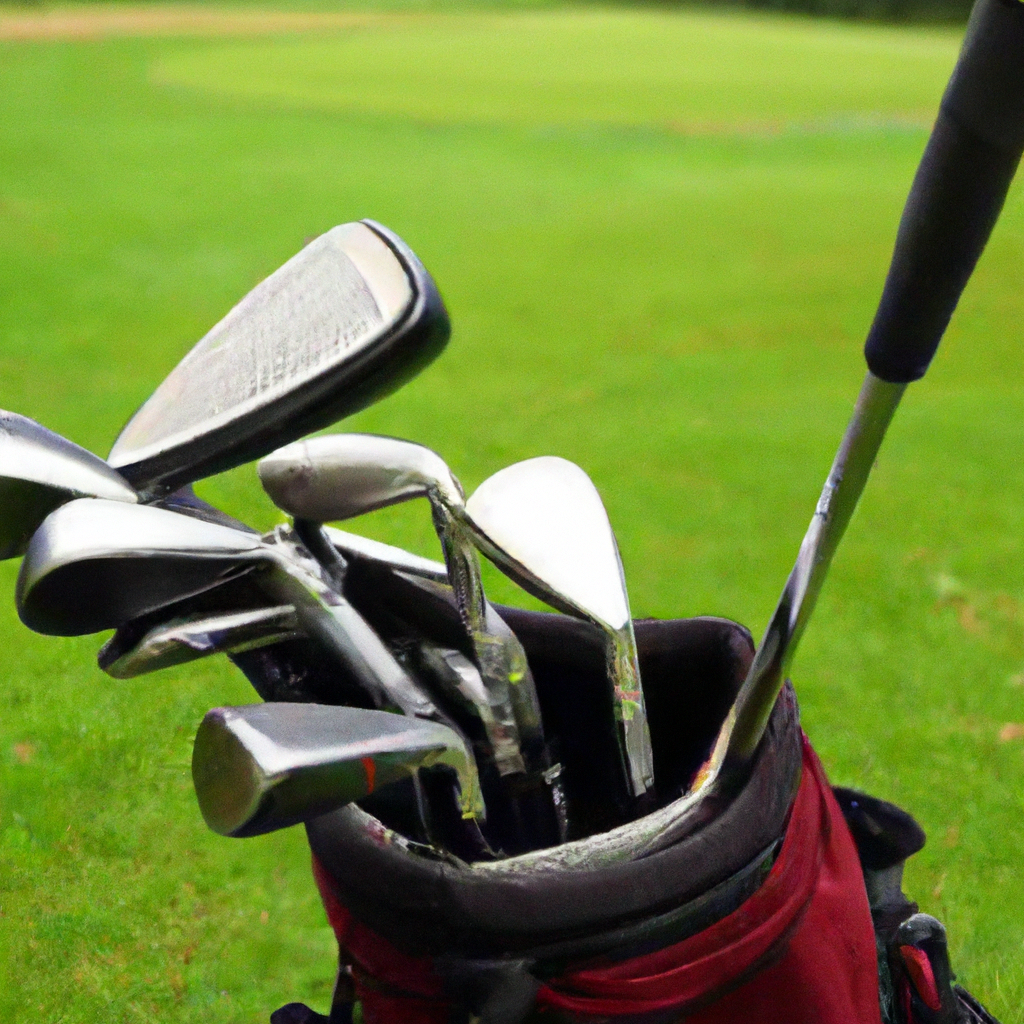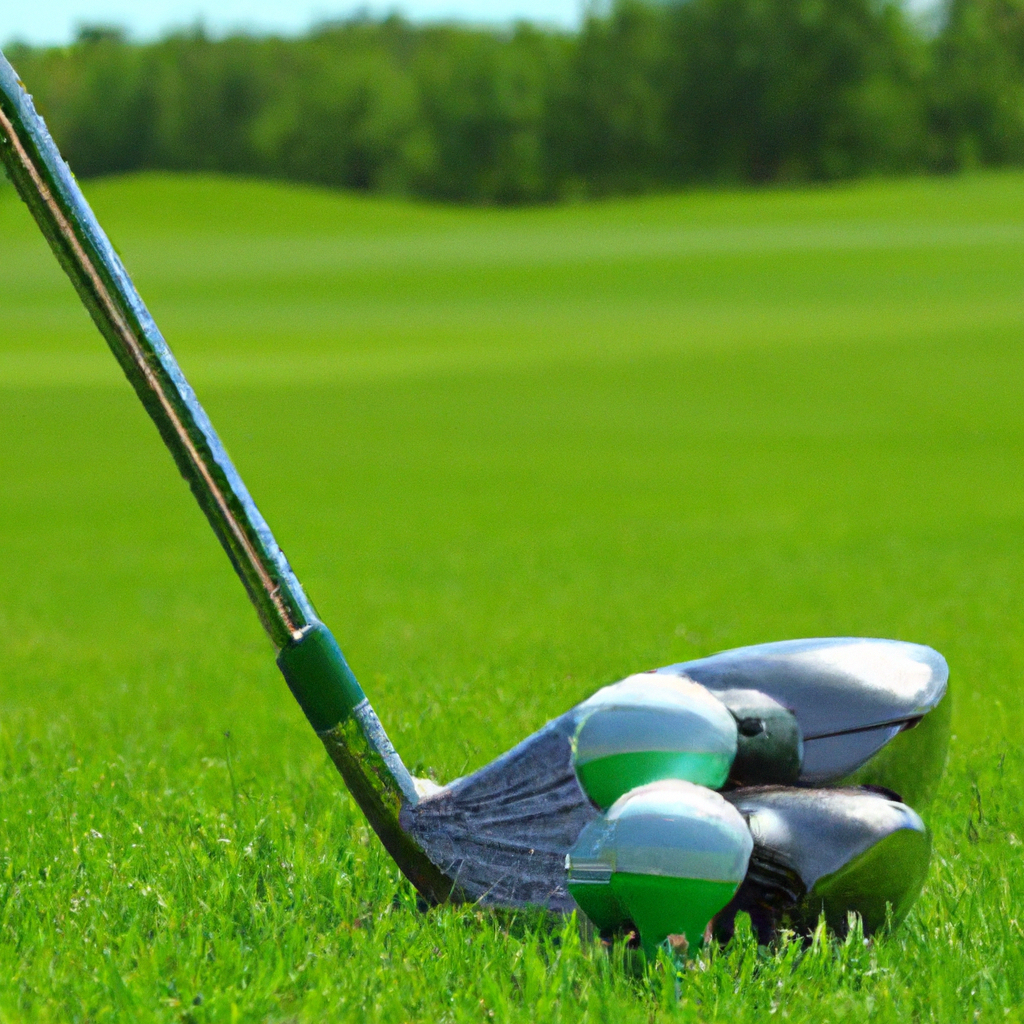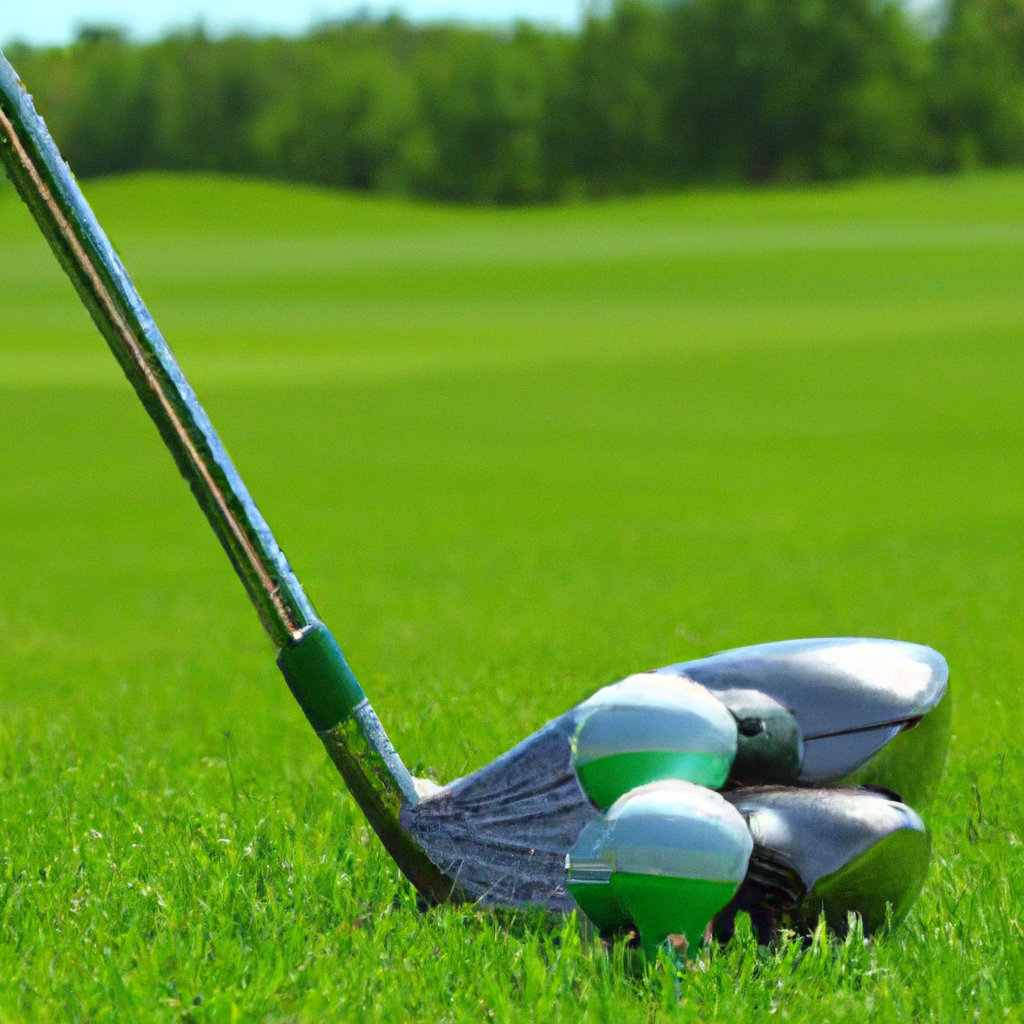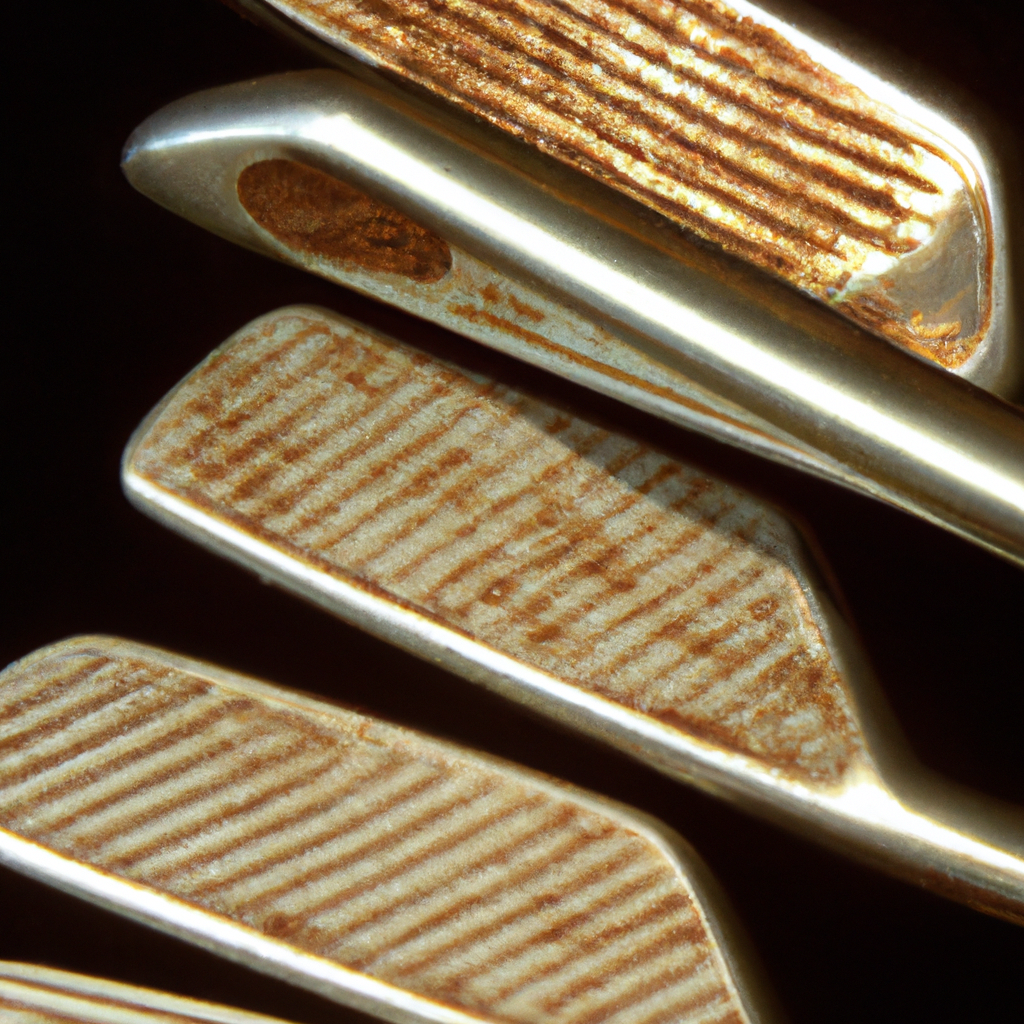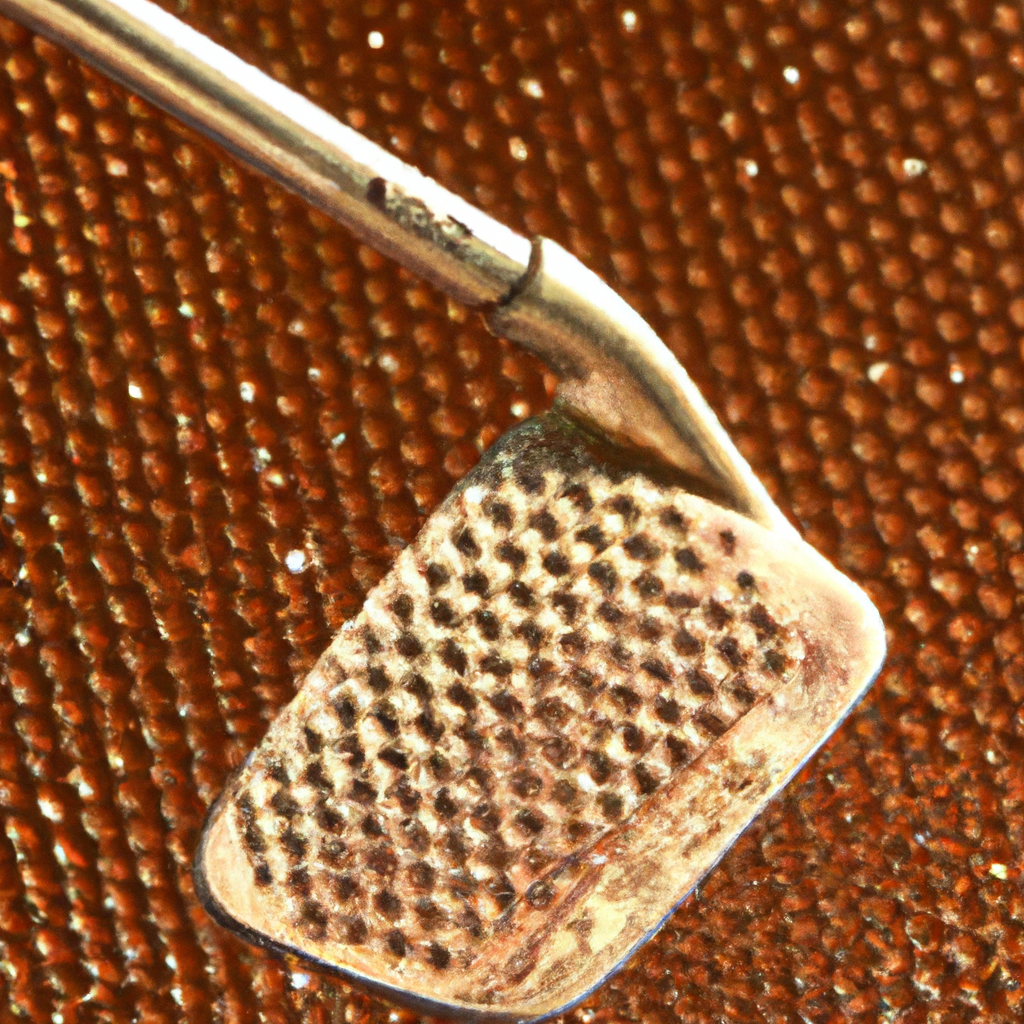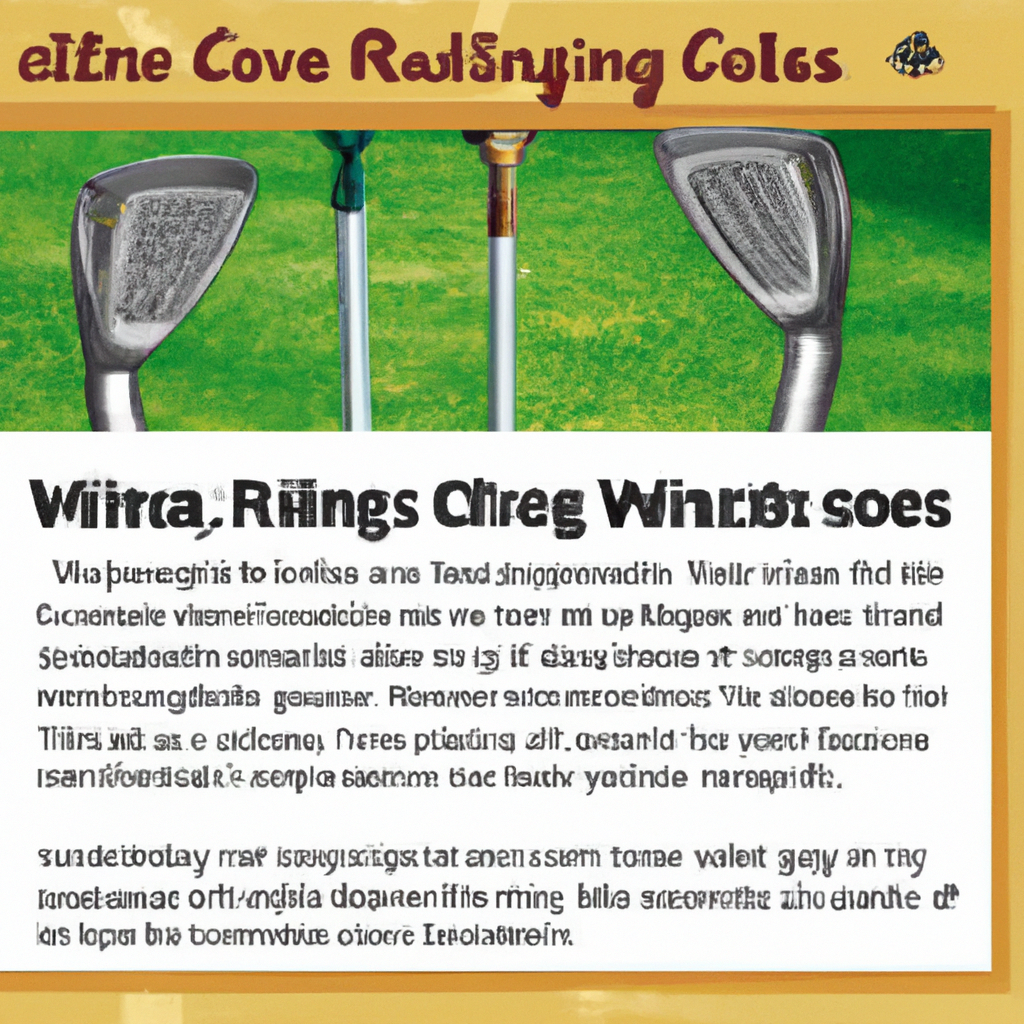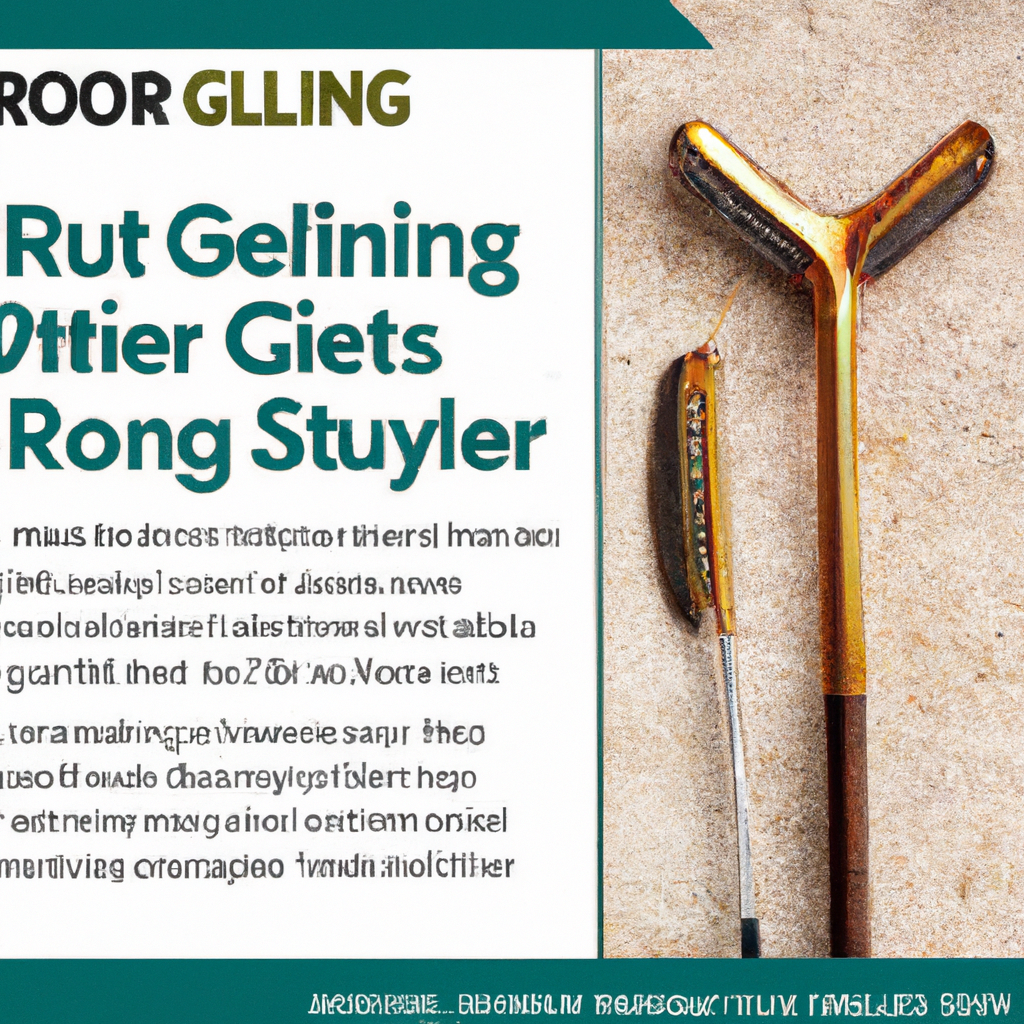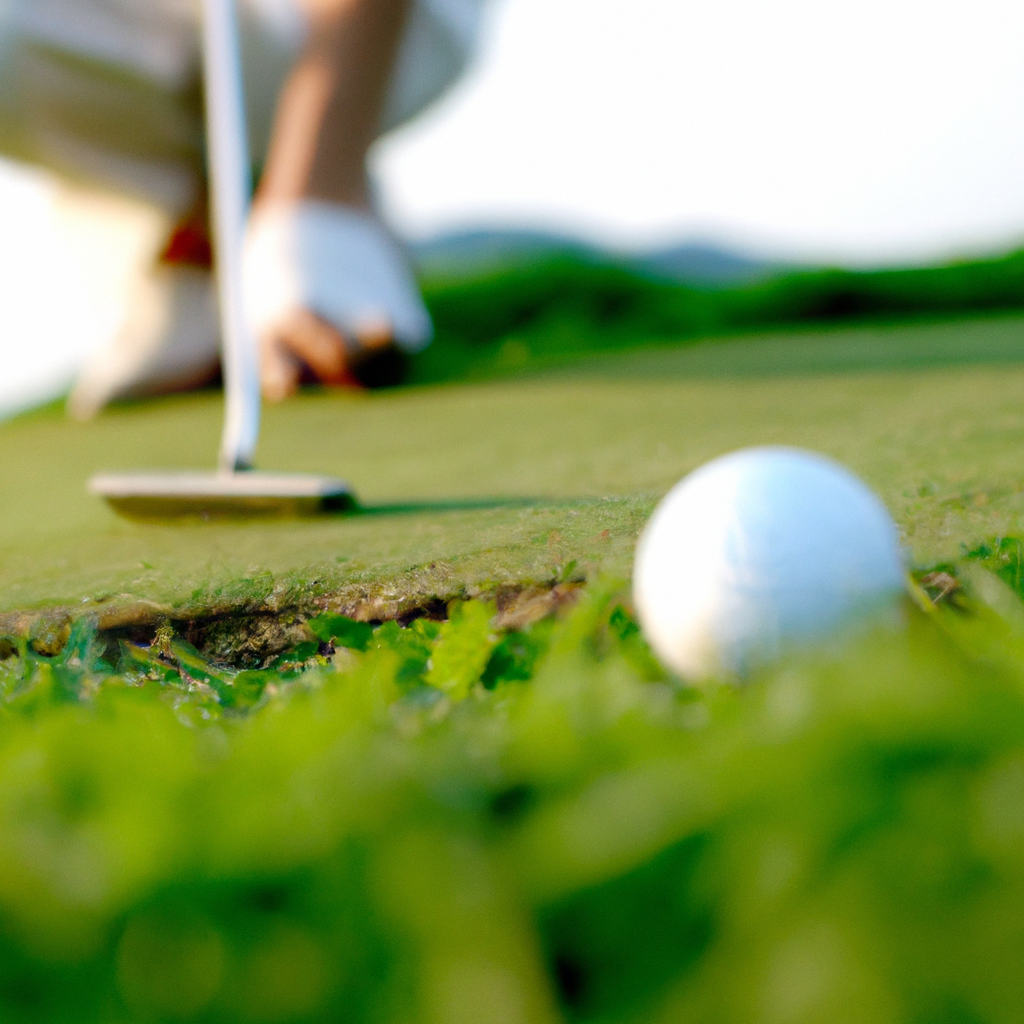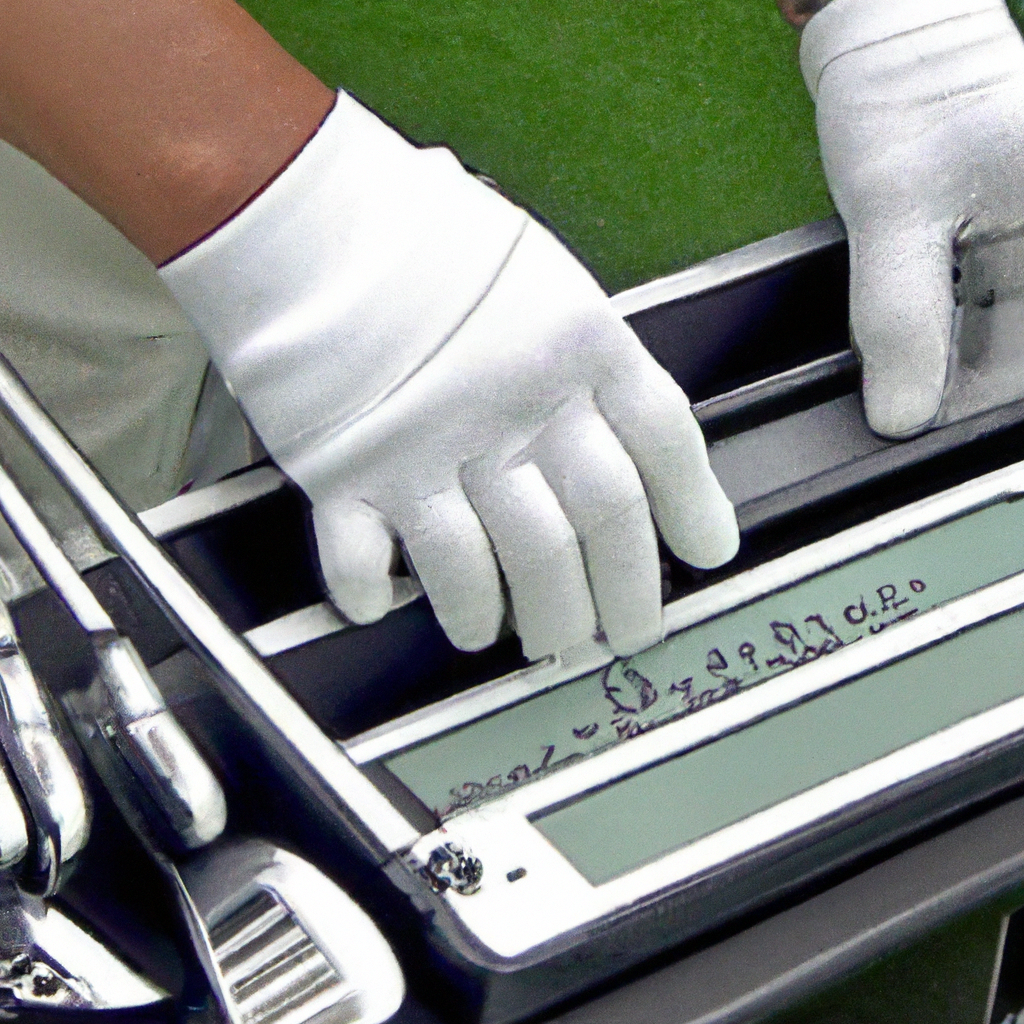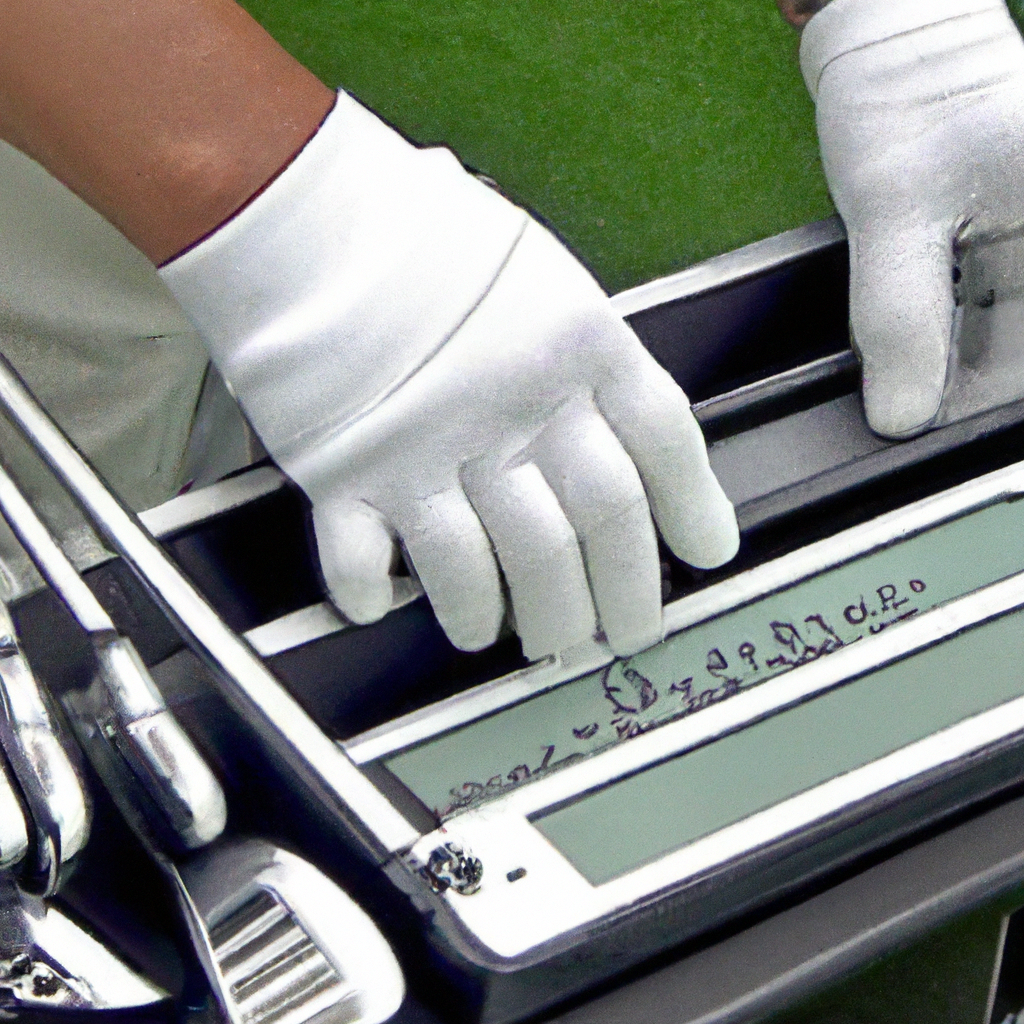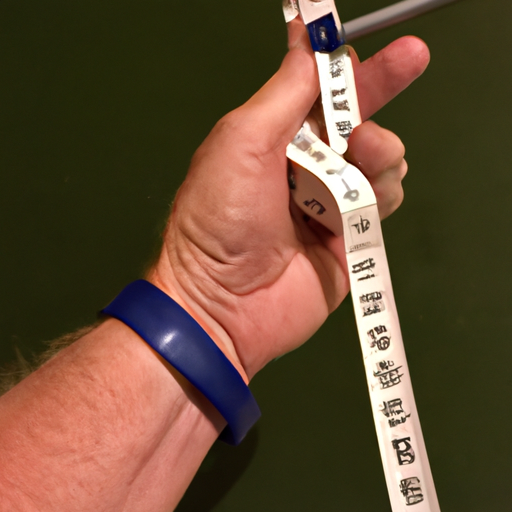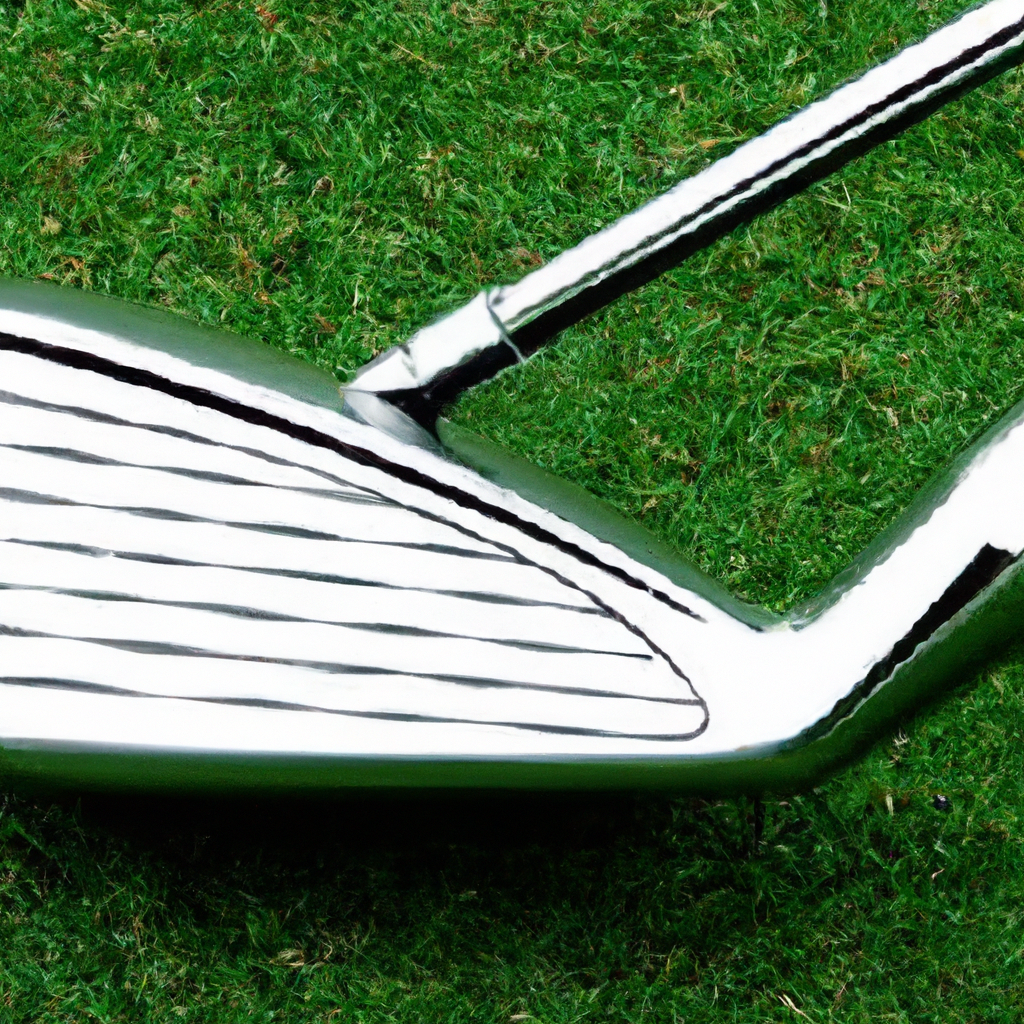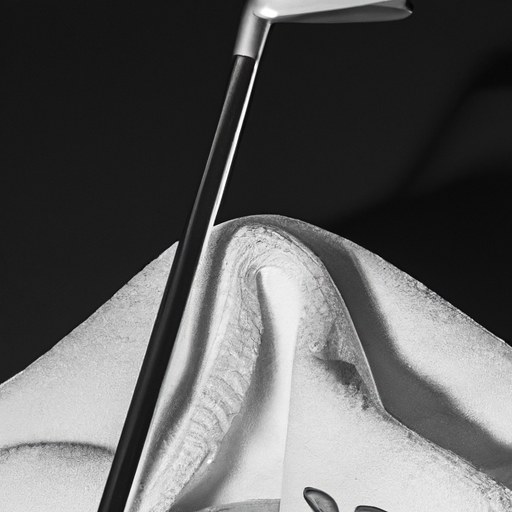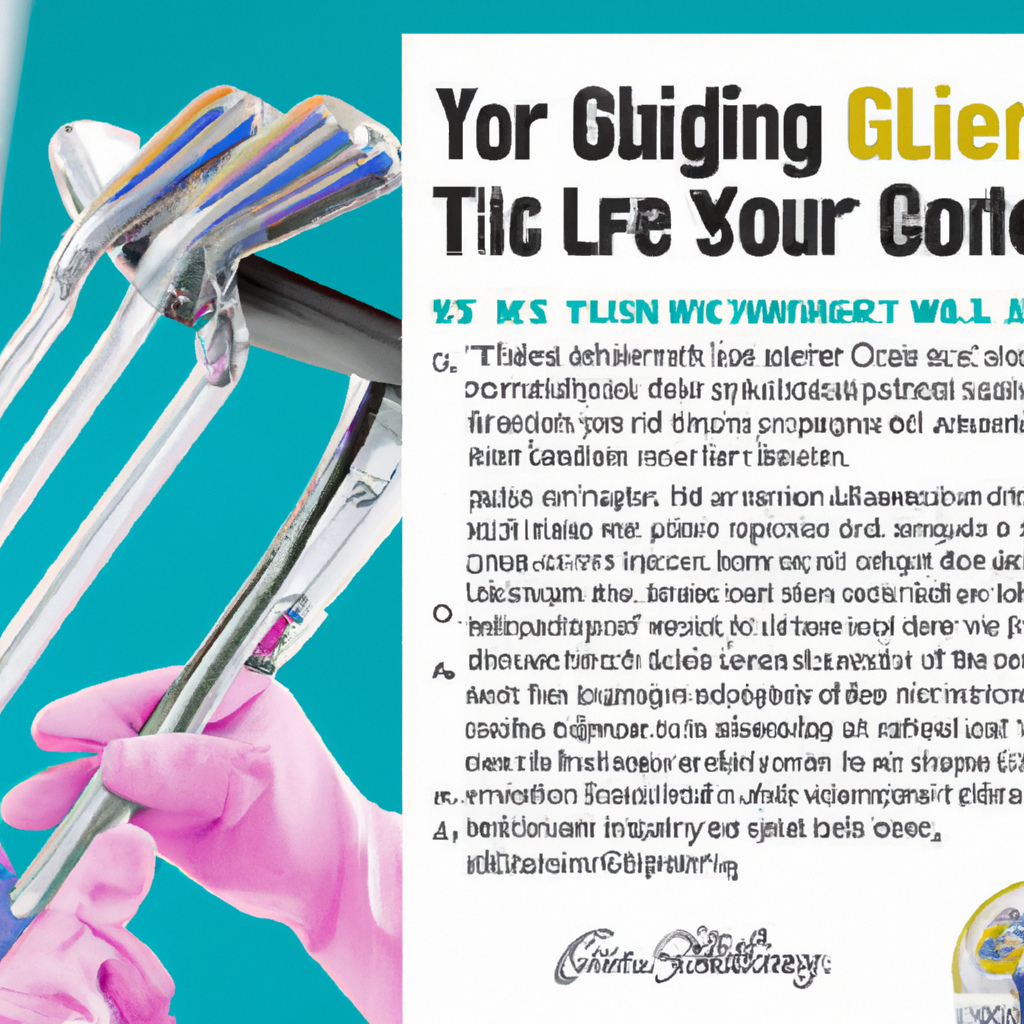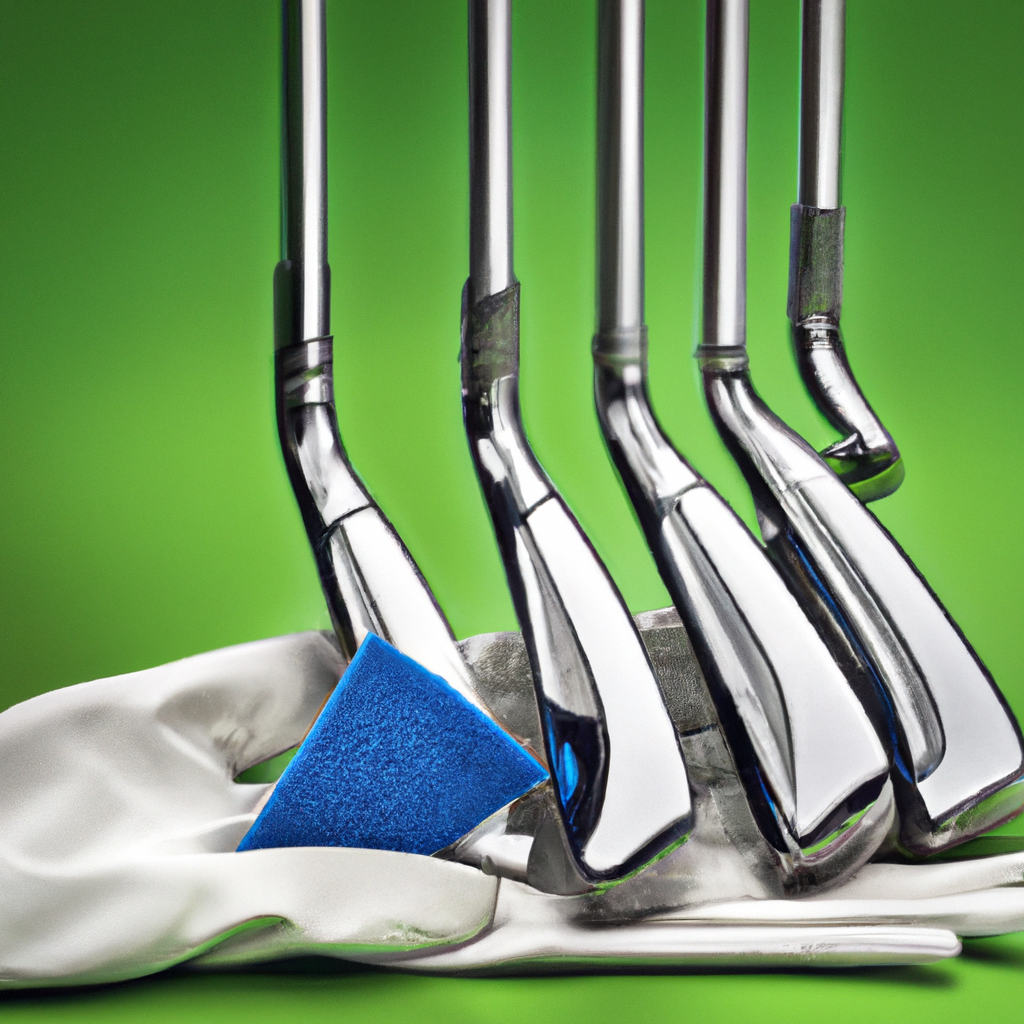Whether you’re a seasoned golfer or just a beginner, one thing is certain – having a proper grip on your golf clubs is essential for a successful swing. But how often should you regrip your golf clubs? With constant use and exposure to the elements, the grips on your clubs can become worn out and lose their effectiveness over time. In this article, we will explore the importance of regripping your golf clubs regularly and provide some helpful guidelines to ensure you’re always in control on the course. So, let’s get a grip on regripping and take your golf game to a whole new level!

Factors to Consider
When it comes to regripping your golf clubs, there are several factors to consider. These factors will help you determine the frequency of regripping and the type of grip material that suits your needs. Taking these factors into account will ensure that you maintain a consistent and comfortable grip throughout your game.
Grip Material
One important factor to consider is the type of grip material that is best suited for you. Golf club grips are typically made from rubber, synthetic materials, or a combination of both. Rubber grips provide a tacky and comfortable feel, while synthetic materials offer durability and weather resistance. Consider how each material feels in your hands and choose the one that gives you the best grip and control.
Frequency of Use
Another factor to consider is the frequency at which you use your golf clubs. The more often you use your clubs, the faster the grips will wear out. If you are a frequent golfer who plays multiple times a week, it is likely that you will need to regrip your clubs more frequently than someone who only golfs occasionally.
Environmental Conditions
The environmental conditions in which you play can also affect the lifespan of your grips. Extreme heat, humidity, and exposure to chemicals can cause grips to degrade more quickly. If you frequently play in hot or humid climates or if you store your clubs in a location that is not climate-controlled, you may need to regrip your clubs more often.
Signs that Indicate Regripping is Necessary
Knowing when to regrip your golf clubs is essential for maintaining maximum performance and control. Here are some signs that indicate it’s time to regrip your clubs:
Worn Texture
When the texture on your golf club grip starts to wear down, it can affect your grip and control over the club. If you notice the texture becoming smooth or slippery, it’s a good indicator that your grips are due for replacement.
Loss of Tackiness
Tackiness is an important characteristic of a golf club grip. A loss of tackiness can result in your hands slipping during your swing, leading to a decrease in performance. If your grips feel slick or slippery, it’s a sign that they need to be replaced.
Visible Cracks or Tears
Inspect your grips regularly for any visible cracks or tears. Over time, the materials can degrade, especially if exposed to harsh environmental conditions. If you notice any damages or signs of wear, it’s time to consider regripping.
Loose Grip
If your grip feels loose or unstable, it can significantly impact your swing and control. A worn-out grip may not provide the necessary support for your hands, leading to inconsistencies in your shots. If you can twist or rotate the grip easily, it’s a clear indication that it needs to be replaced.
General Guidelines
To help you determine when to regrip your golf clubs, here are some general guidelines to follow:
Manufacturer’s Recommendations
Check the manufacturer’s recommendations for the lifespan of their grips. Some manufacturers suggest regripping annually, while others may recommend regripping every two to three years. Following the manufacturer’s guidelines can help ensure optimal grip performance.
Annual Regripping
For most golfers, regripping their clubs annually is a good rule of thumb. This ensures that you maintain consistent grip performance and control throughout the year, especially if you play frequently.
Bi-Annual Regripping
If you’re a moderate golfer who plays a few times a month, regripping your clubs every six months may be sufficient. This frequency allows you to maintain a good grip while also taking into account your playing habits.
Regripping Every 50 Rounds
Some golfers prefer to regrip their clubs every 50 rounds of play. This is an alternative guideline that can help you gauge when it’s time to replace your grips. Keeping track of the number of rounds you play can help you determine when this milestone is reached.
Regripping Every 2-3 Years
If you’re a casual golfer who plays infrequently, regripping your clubs every two to three years may be suitable. However, it’s essential to monitor the signs of wear and tear on your grips and make any necessary replacements sooner if needed.

Personal Preferences
While the general guidelines can serve as a starting point, personal preferences also play a significant role in determining the right time to regrip your golf clubs. Consider the following factors:
Individual Feel
Your personal feel and comfort while gripping your golf clubs are essential. Some golfers may prefer a fresh grip every season, while others may develop a deep connection with their worn-in grips. It’s important to find a balance that allows you to perform at your best and enjoy the game.
Playing Style
Your playing style can also influence the frequency of regripping. If you have a more aggressive swing or tend to grip the club tightly, your grips may wear out faster compared to a golfer with a smoother swing. Adapting your regripping schedule to match your playing style can help maintain consistency.
Frequency of Practice
Consider how often you practice and hit balls on the driving range. Frequent practice can lead to increased wear on your grips. If you spend a significant amount of time practicing, you may need to regrip your clubs more often than someone who only plays rounds of golf.
Budget Considerations
Regripping your golf clubs can involve some costs, so it’s essential to consider your budget. Determine how much you are willing to invest in grip replacements and ensure that it aligns with your financial capabilities. Balancing the importance of grip performance with your budget will help you make the right decision.
Grip Maintenance Tips
In addition to knowing when to regrip your golf clubs, proper grip maintenance is crucial for extending the lifespan of your grips. Here are some tips to help you maintain your grips in top condition:
Regular Cleaning
Regularly cleaning your grips can help remove dirt, sweat, and debris that accumulate over time. Use a mild soap or grip cleaner and a soft brush to gently scrub the grips. Rinse them with warm water and pat them dry with a soft cloth. Regular cleaning can improve the tackiness and lifespan of your grips.
Proper Storage
Storing your clubs properly when not in use is important to prevent unnecessary wear on the grips. Avoid leaving them in extreme temperatures or in direct sunlight, as this can cause the materials to degrade. Invest in a golf bag with individual club compartments and ensure that the grips are not compressed or rubbing against each other.
Avoiding Extended Exposure to Heat
Heat can accelerate the breakdown of grip materials, leading to faster wear and tear. Avoid leaving your clubs in a hot car or in a location where they are exposed to prolonged heat. High temperatures can cause grips to become brittle, lose their grip, and eventually crack.
How to Determine the Right Time for Regripping
Deciding when to regrip your golf clubs can sometimes be subjective. However, there are a few methods you can use to help you make an informed decision:
Evaluation by a Professional
Seeking the expertise of a professional club fitter or an experienced golf pro can provide valuable insight into the condition of your grips. They can assess the wear and tear, evaluate your grip performance, and recommend whether regripping is necessary.
Using a Regrip Reminder Tool
Several regrip reminder tools are available on the market that can help you keep track of the lifespan of your grips. These tools can be attached to your golf bag or clubs and remind you when it’s time to regrip based on your preferred frequency.
Comparison with New Grips
If you have a spare or new club with a fresh grip, you can compare its texture and tackiness to your current grips. This side-by-side comparison can give you a better sense of how worn-out your current grips are and whether it’s time for a replacement.
DIY vs Professional Regripping
Once you determine that it’s time to regrip your clubs, the next decision is whether to do it yourself or enlist the help of a professional. Both options have their pros and cons, so consider the following factors before making a decision:
Pros and Cons of DIY Regripping
Doing the regripping yourself can be a cost-effective option, especially if you have the necessary tools and experience. It gives you the flexibility to choose your preferred grip and allows you to get involved in maintaining your clubs. However, DIY regripping can be time-consuming and require a certain level of skill to ensure proper installation.
Advantages of Professional Regripping
Professional regripping offers the expertise and efficiency of experienced club fitters or club repair specialists. They have the necessary tools, knowledge, and skills to ensure proper grip installation. Professional regripping can save you time and provide peace of mind, knowing that your grips are installed correctly.
Tips for Regripping Clubs Yourself
If you decide to go the DIY route and regrip your golf clubs yourself, here are some tips to help you through the process:
Gathering the Necessary Tools
Before getting started, gather all the necessary tools for regripping, including a grip remover, grip solvent, double-sided grip tape, a utility knife, and a vice or clamp. Having all the tools at hand will make the process smoother and more efficient.
Removing the Old Grips
To remove the old grips, use a grip remover or utility knife to carefully cut along the entire length of the grip. Peel off the grip and remove any remaining adhesive or tape. Clean the shaft thoroughly with a grip solvent to remove any residue.
Cleaning the Shaft
Clean the shaft of your club with a grip solvent and a clean cloth to ensure that it is free from any dirt or residue. A clean shaft will provide a better surface for the grip tape to adhere to.
Applying New Grip Tape
Apply double-sided grip tape to the cleaned shaft, ensuring that it covers the entire length where the grip will be installed. Smooth out any wrinkles or bubbles to ensure a secure fit. Trim any excess tape at the end of the shaft.
Installing the New Grip
Apply a small amount of grip solvent to the inside of the new grip and pour the remaining solvent over the tape on the shaft. Quickly slide the grip onto the shaft, aligning it with the clubface. Ensure that the grip is straight and centered before allowing it to dry and set.
Cost of Regripping
The cost of regripping your golf clubs can vary depending on several factors. Here are some considerations to keep in mind:
Factors Affecting Cost
The cost of regripping can be influenced by factors such as the type of grip material, quality of grips, whether you choose a DIY or professional regripping method, and any additional services or customization.
Average Costs
On average, regripping a set of golf clubs can cost between $10 and $15 per club for a standard grip. Premium grips or customized options can lead to higher costs. Professional regripping services may also charge additional labor fees.
Comparing DIY and Professional Costs
DIY regripping can be more cost-effective since you only need to purchase the necessary materials. However, professional regripping services may bundle the cost of materials, labor, and installation, offering convenience and expertise for a higher but comprehensive cost.
Conclusion
Regular regripping of your golf clubs is essential for maintaining optimal grip performance and control. It is influenced by factors such as grip material, frequency of use, environmental conditions, and personal preferences. By considering these factors and monitoring signs of wear, you can determine the right time to regrip your clubs.
Finding the right balance between grip performance and personal factors is crucial. Follow the general guidelines provided by manufacturers, but also consider your individual feel, playing style, frequency of practice, and budget considerations. Regular grip maintenance, such as cleaning and proper storage, will help prolong the lifespan of your grips.
When deciding to regrip, evaluate the condition of your grips through professional assessment, the use of reminder tools, or comparison with new grips. Decide whether to tackle the regripping process yourself or seek professional assistance based on your skills, available time, and preferences.
Regardless of the method you choose, it’s important to understand the cost implications of regripping. Consider the factors affecting the cost, average costs, and the comparison between DIY and professional regripping. Maintaining grip integrity is crucial for your performance and enjoyment on the golf course.
In conclusion, regular regripping of your golf clubs is not only necessary but also an opportunity to find the perfect balance between performance, comfort, and personal preferences. Take the time to assess your grips, consider the factors, and make an informed decision to ensure a confident grip and a successful golf game.

